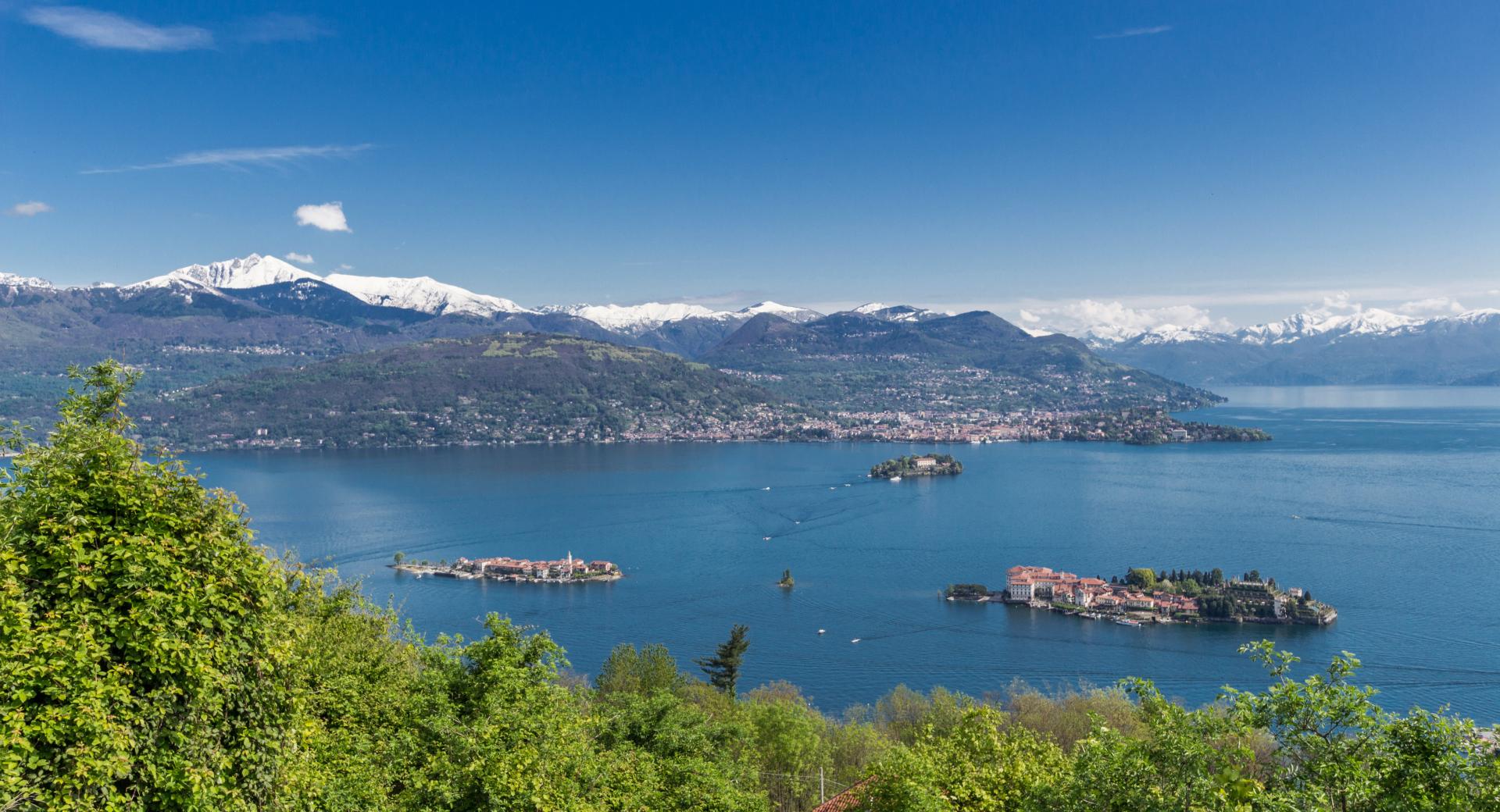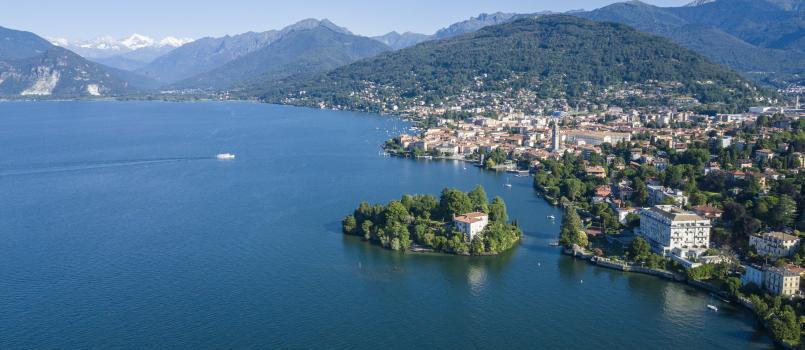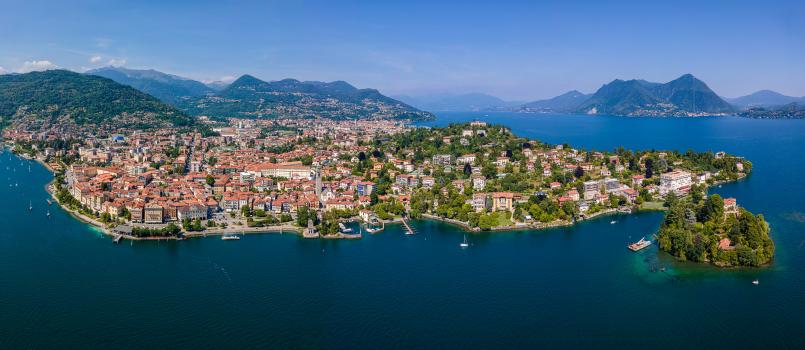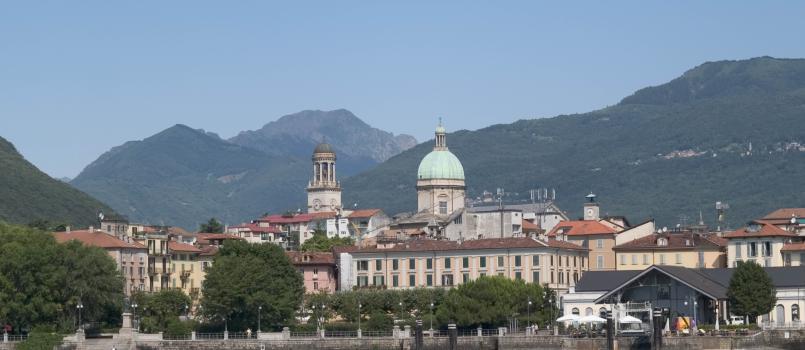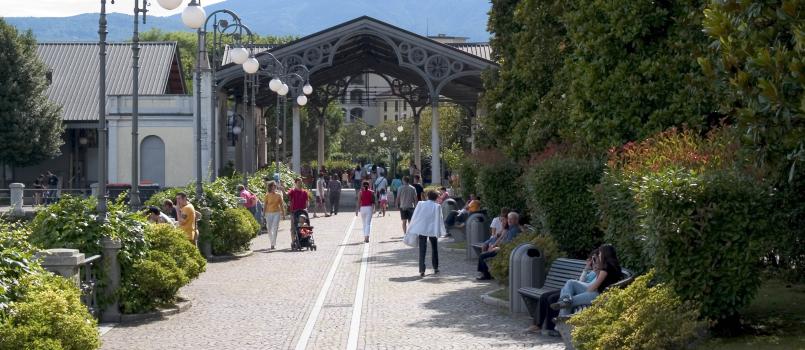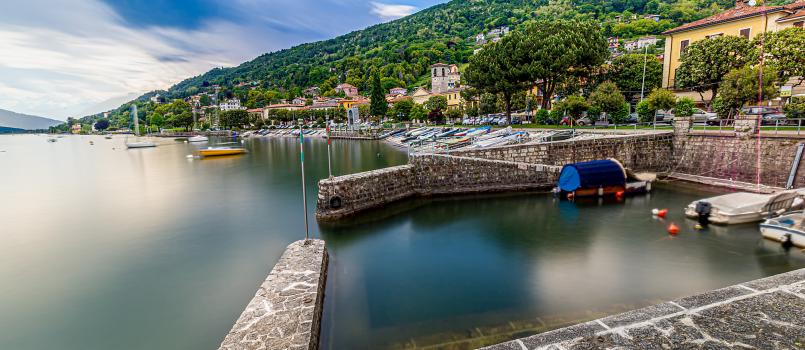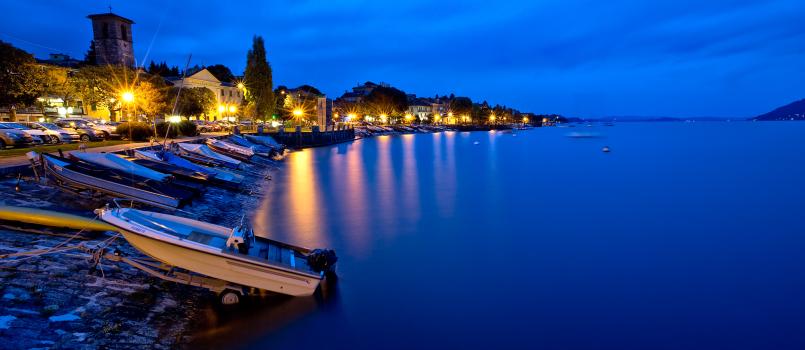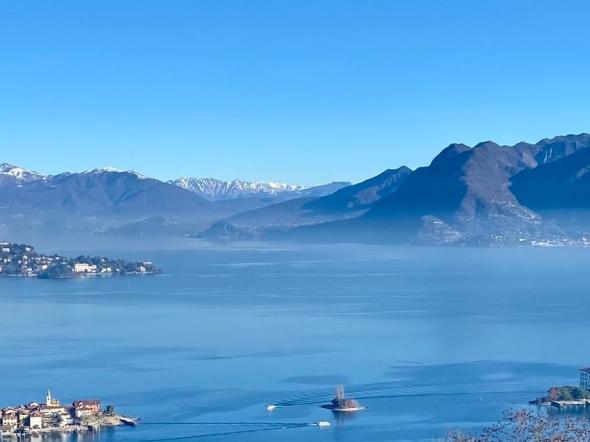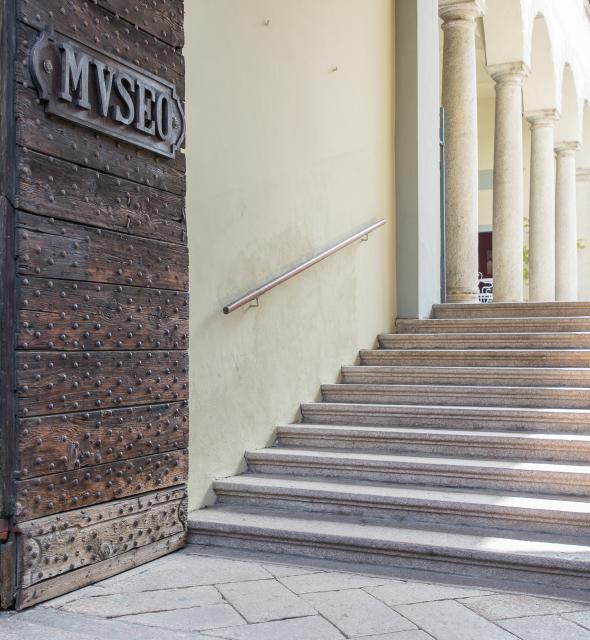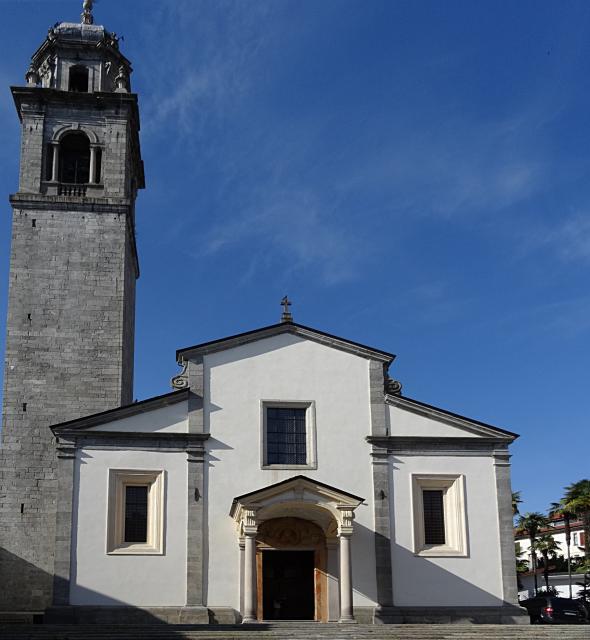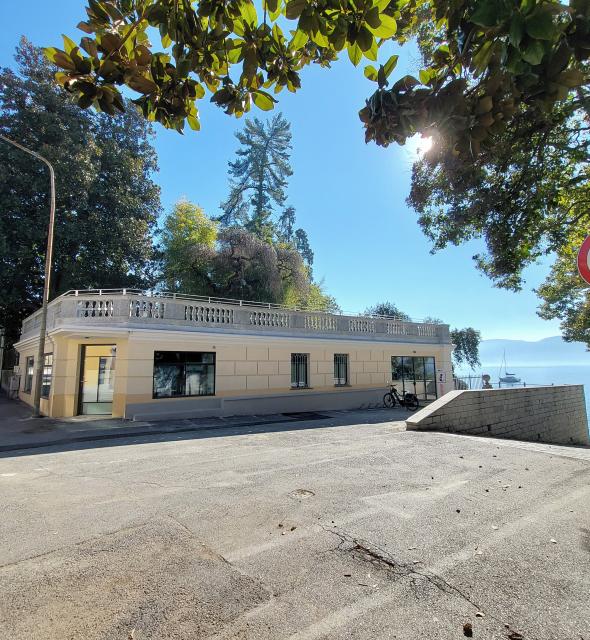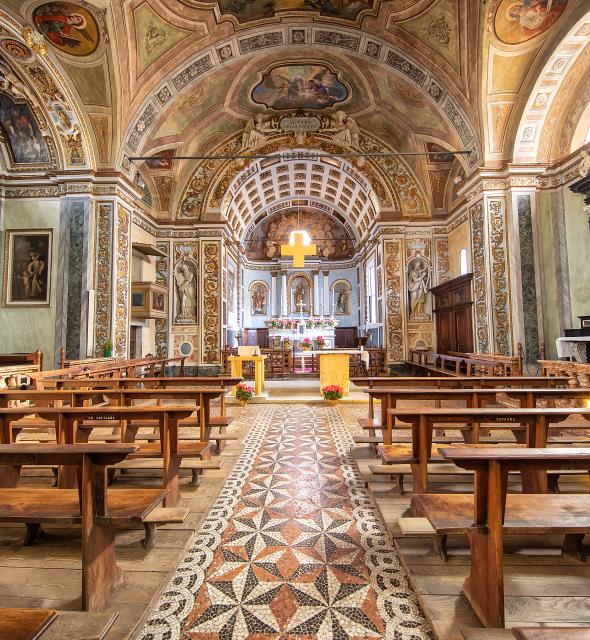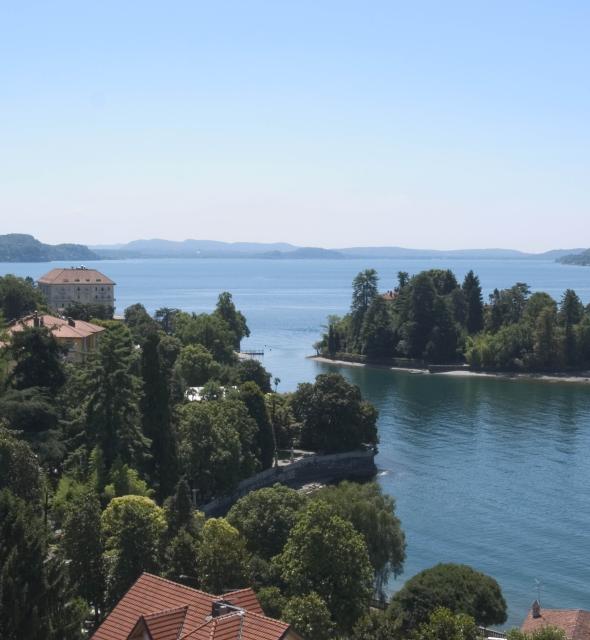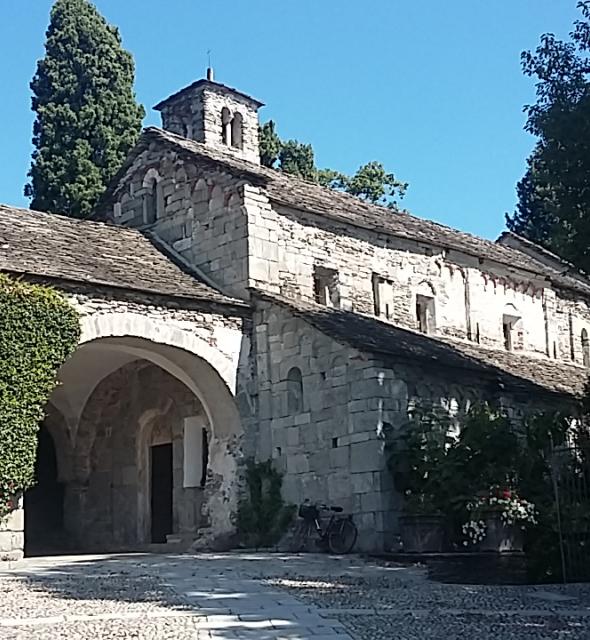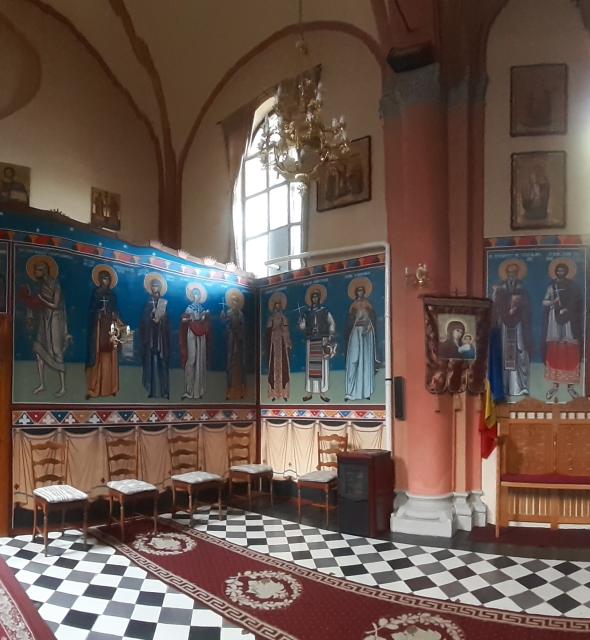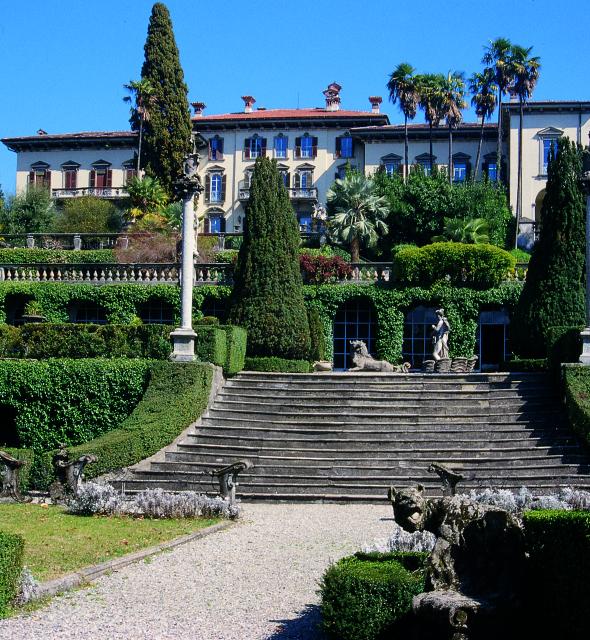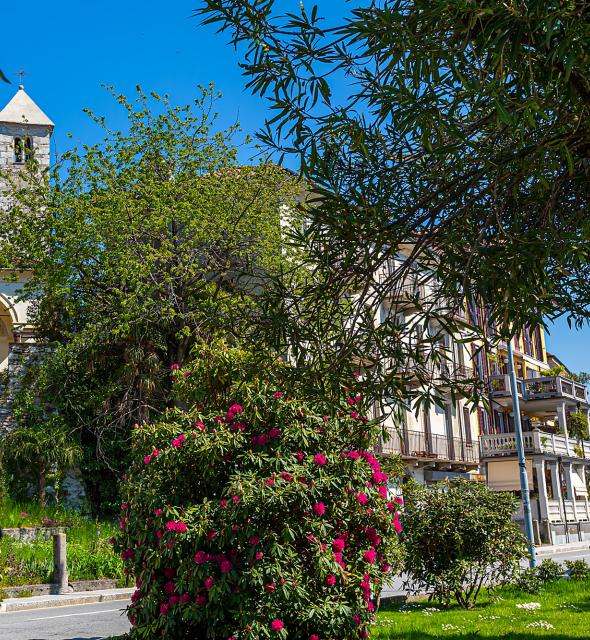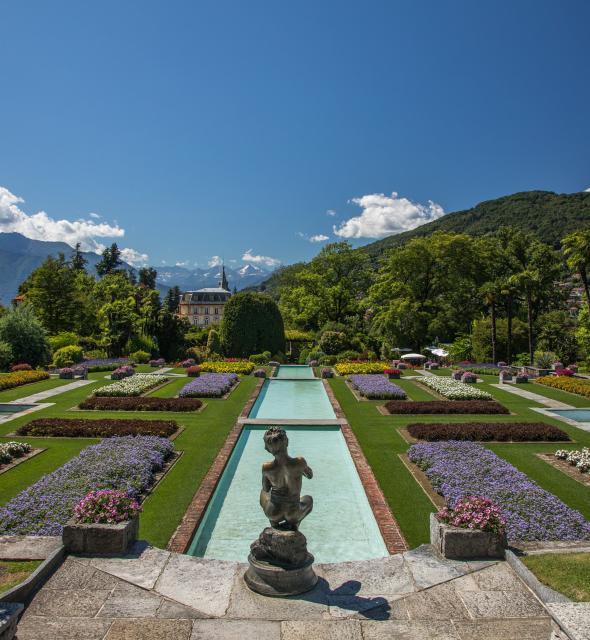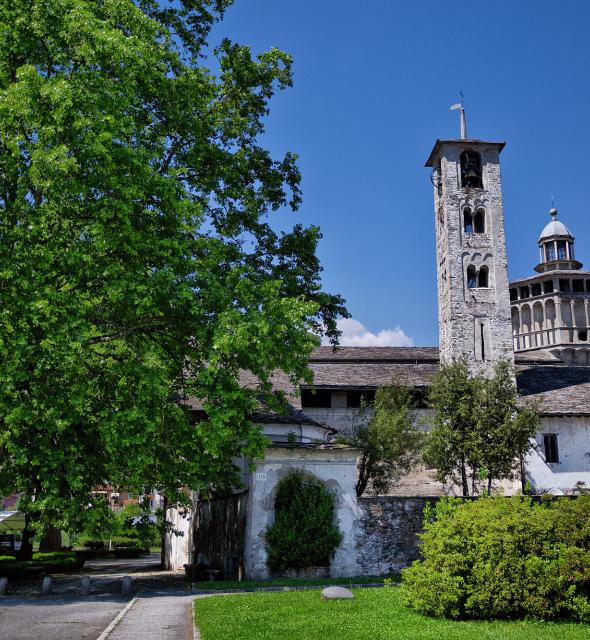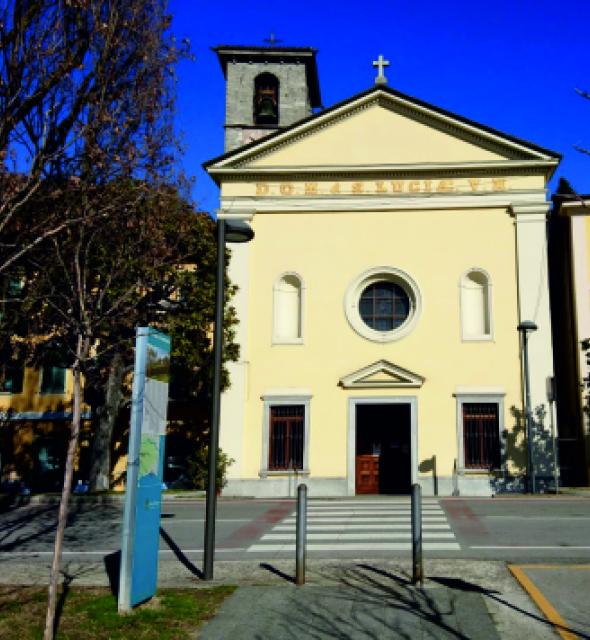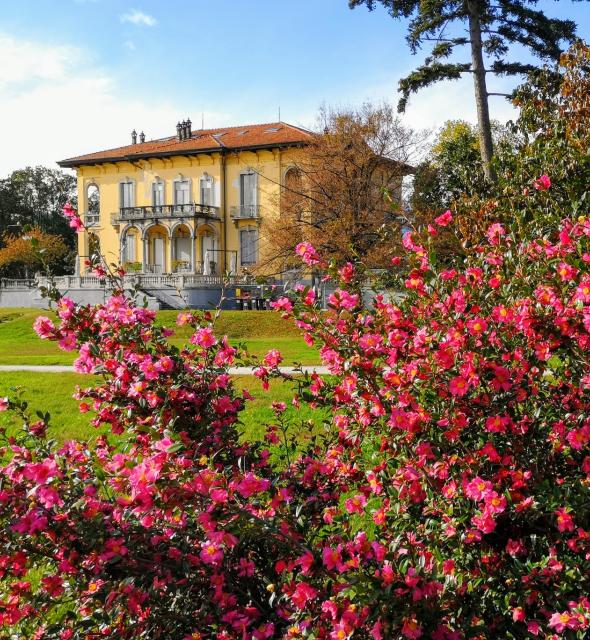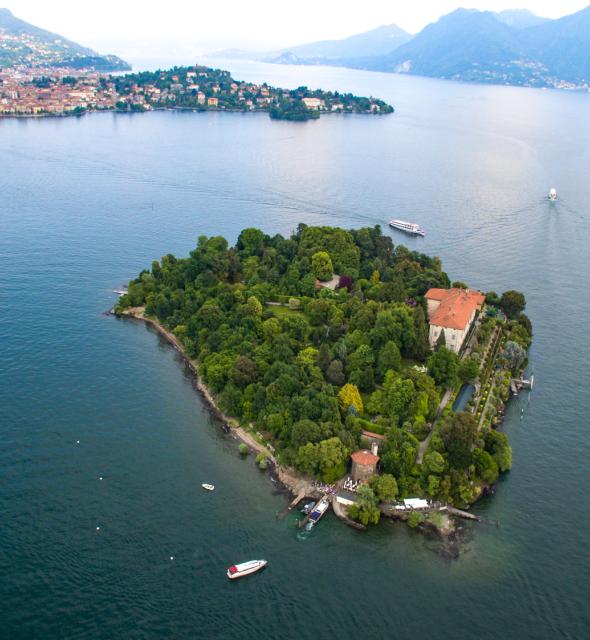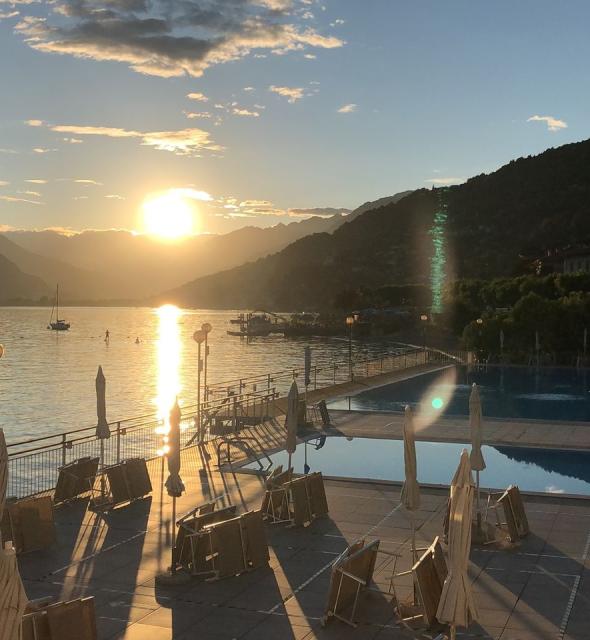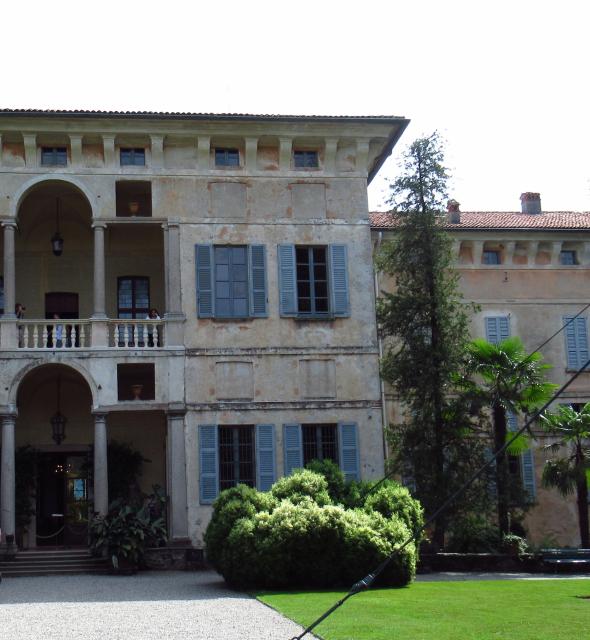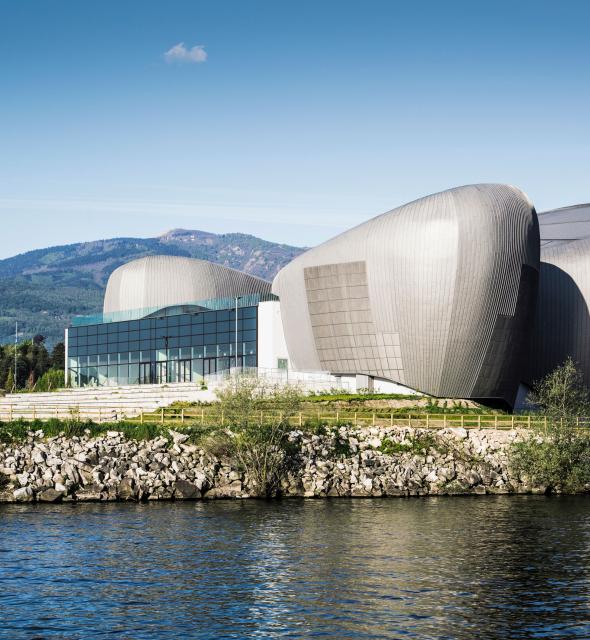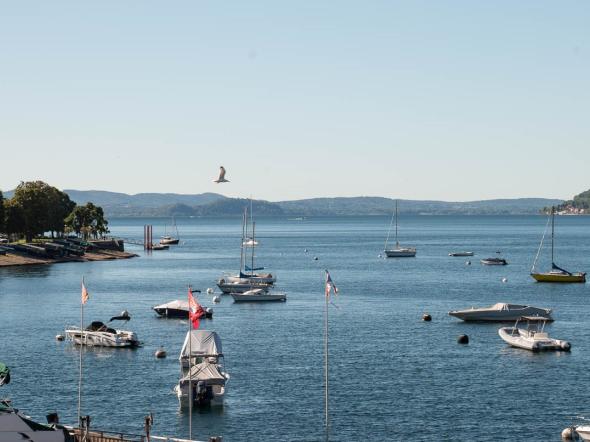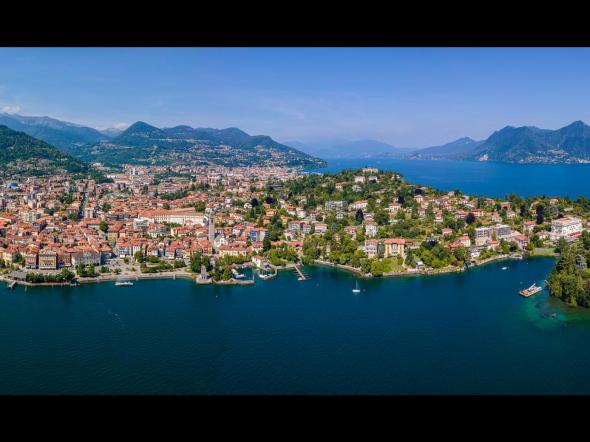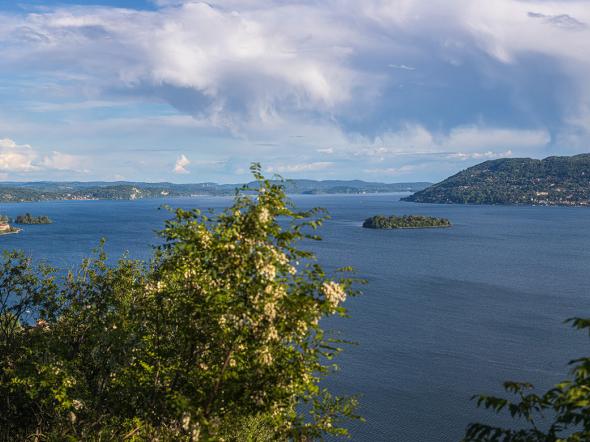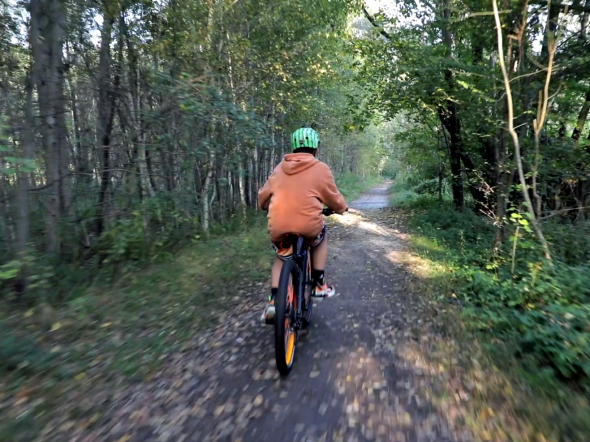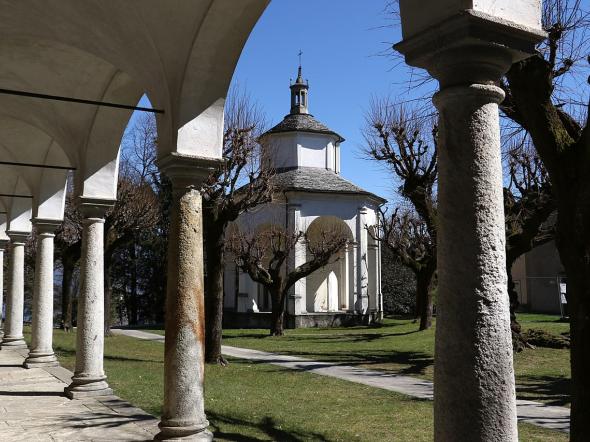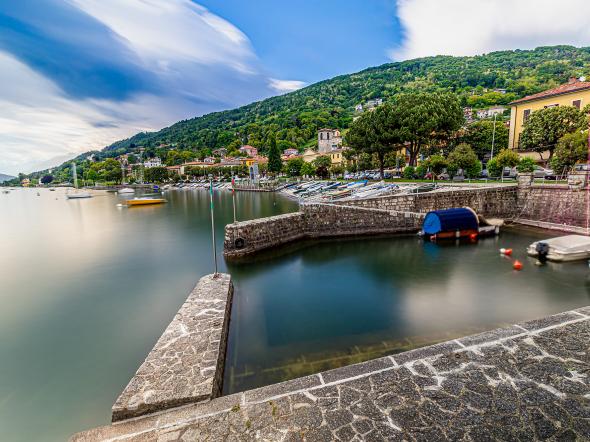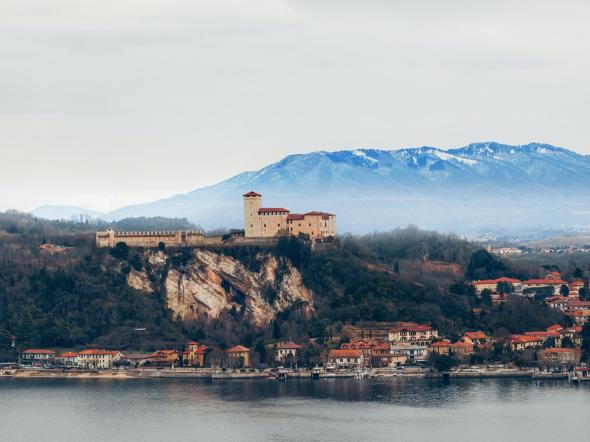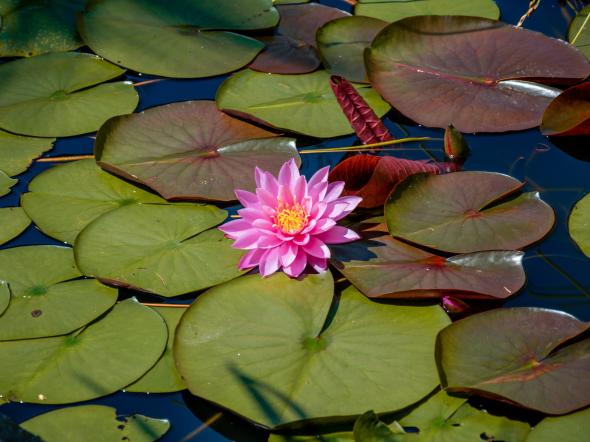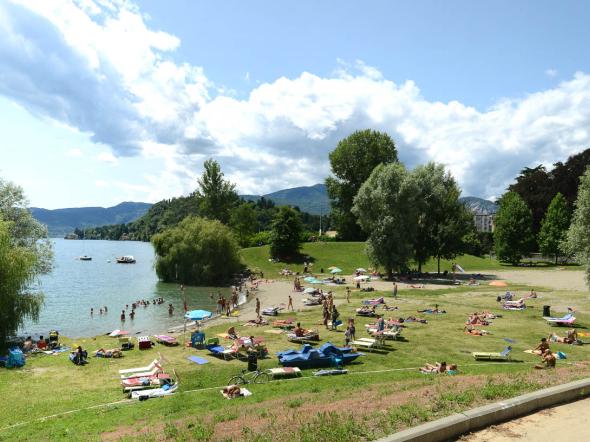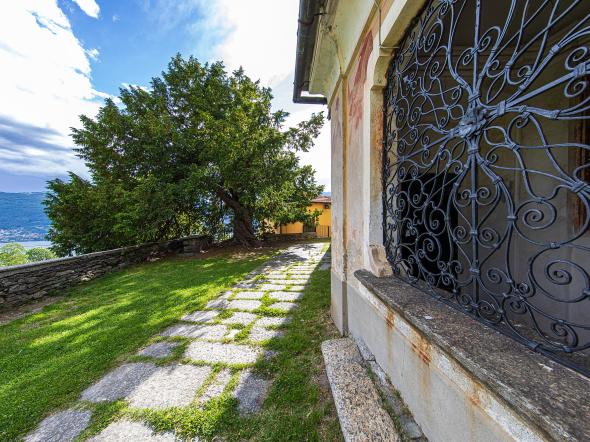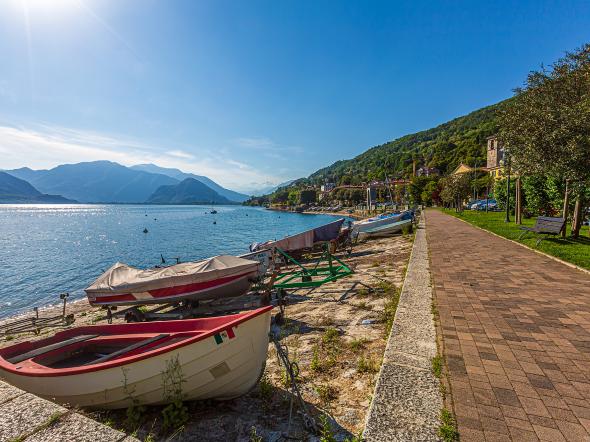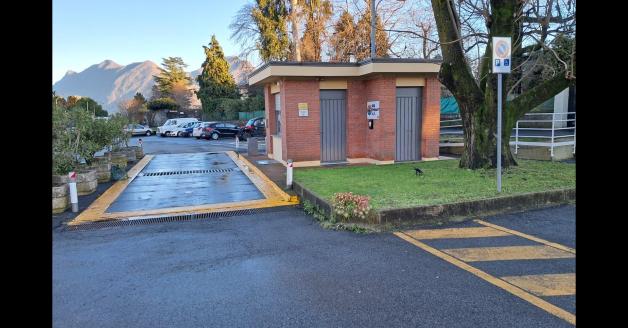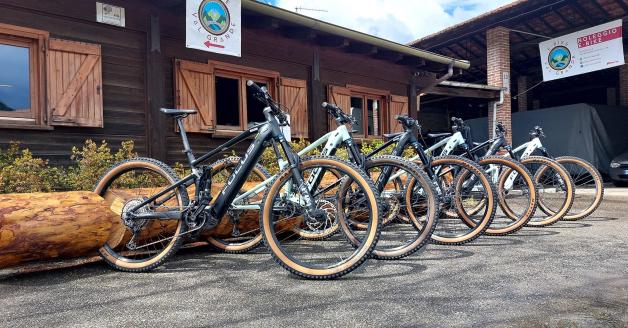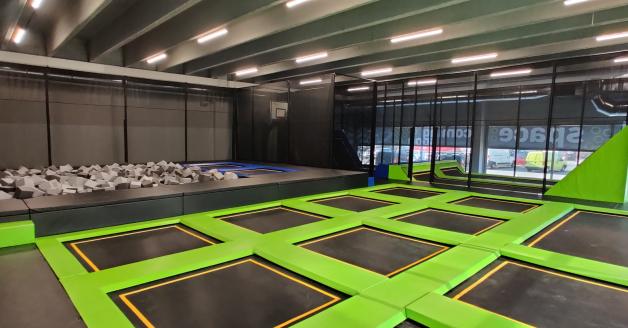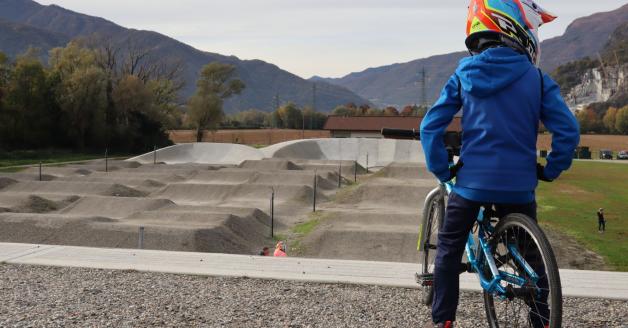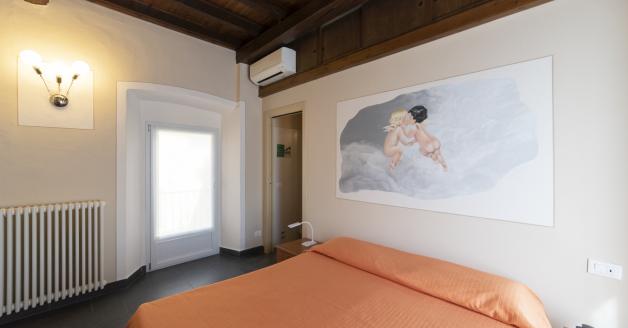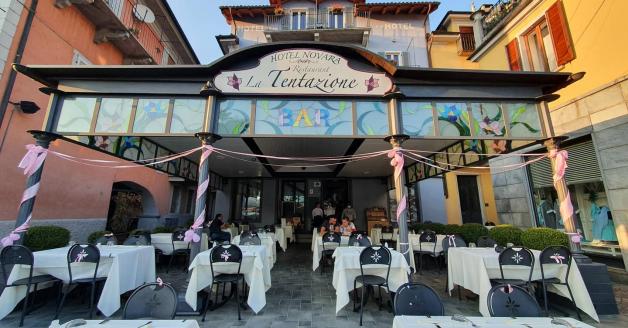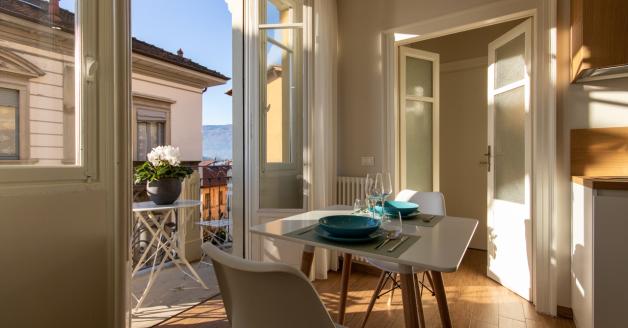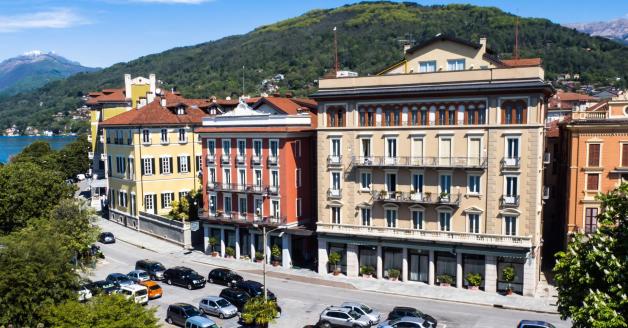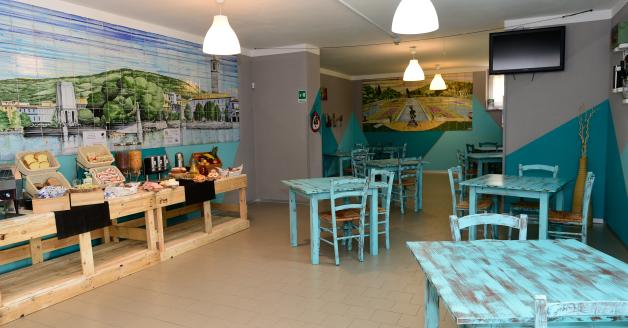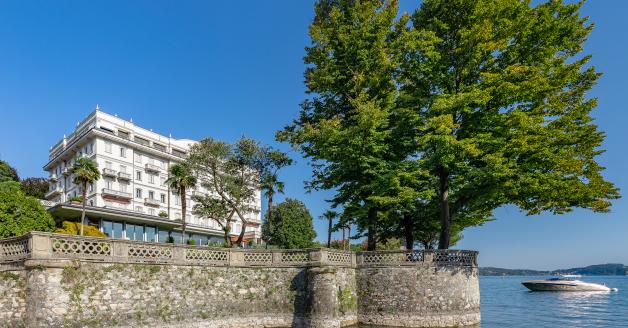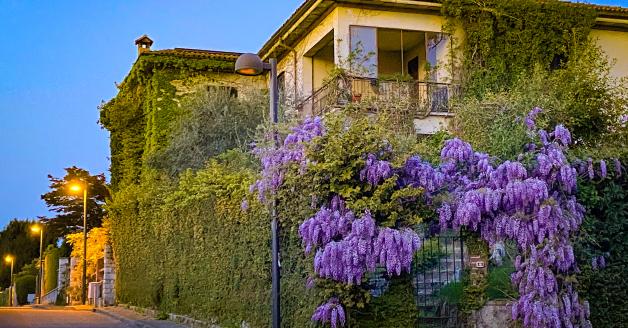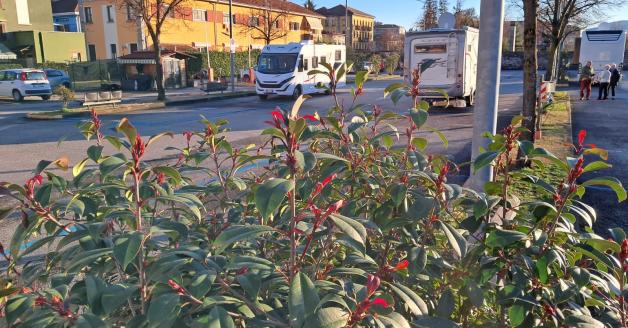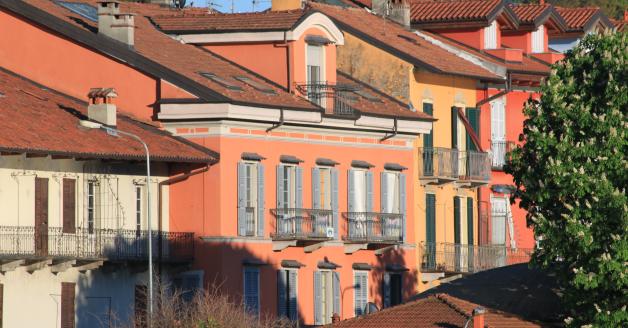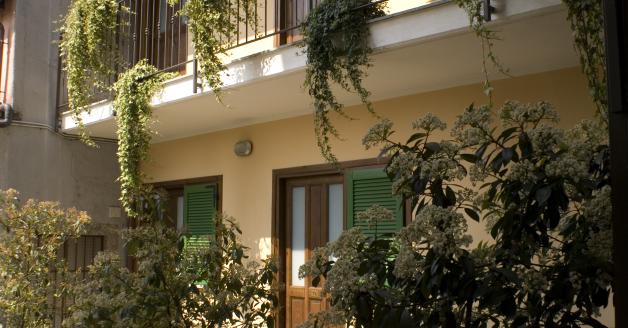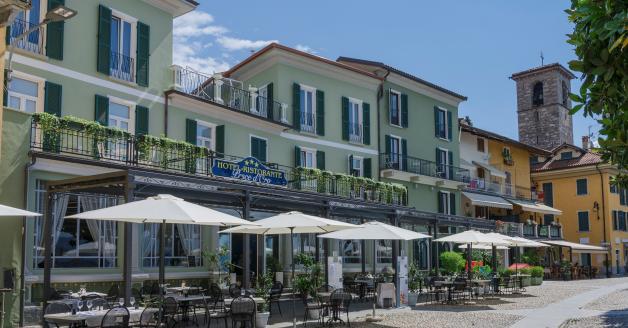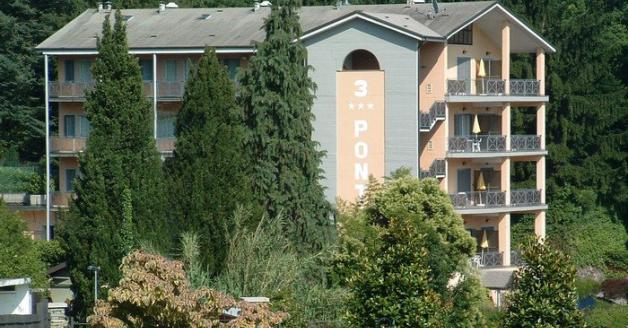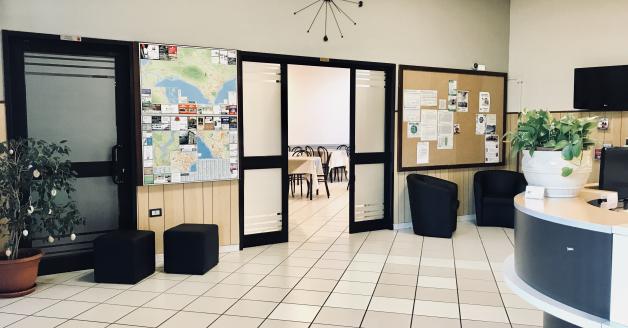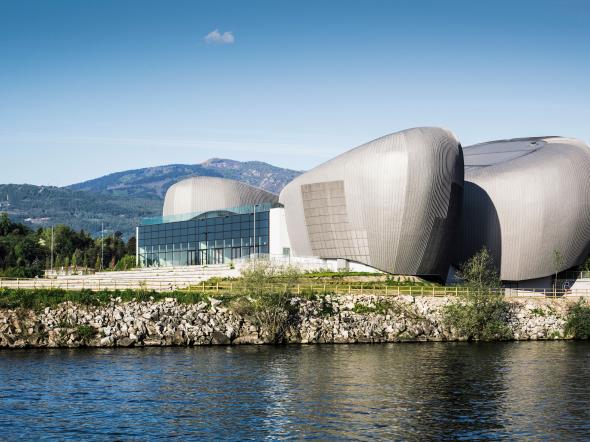In 1939, the winds of war were already blowing across Europe and, five months later, the Second World War broke out. In contrast to this, on the banks of the Verbano it was hoped that the Royal Decree of April 4th, 1939 would put an end to the historic rivalry between Intra and Pallanza with their merger into a single municipality: Verbania.
The two centres were separated not only by the San Bernardino torrent but also by a diverse history and culture. Intra was the industrious manufacturing city, let’s say the ‘Manchester of Verbano’, whilst Pallanza was the administrative centre of the lake and a holiday resort with grandiose Art Nouveau hotels.
The idea of Verbania was to unite the two towns and to utilise the meadows between the two nuclei, where the Rhodiatoce factory had been built a few years earlier, to create a business centre that was to be the heart of the new city.
The war put an abrupt end to these urban dreams, and the post-war boom saw a residential expansion in response to the thousands of people who immigrated to the lake in search of work.
So, a new city centre was not born, the two separate souls remained. Indeed, they became more than two, given that in the twentieth century the municipalities of Arizzano Inferiore, Cavandone, Suna, Trobaso, Unchio and Zoverallo had also merged with Intra and Pallanza. However, the polycentric structure still remained, and with it the charm of a city that contains many others within.
The history of the villages of Intra and Pallanza is very ancient. Archaeological finds in the hillsides suggest that this area was already inhabited in pre-Roman times by tribes of Celtic origin, and further finds attest to the subsequent Roman presence.
The first historic records of a castrum on the Isolino opposite the Pallanza lakeside date back to 999; a period in which the village became a military centre and a jurisdictional seat of the Counts de Castello, feudal lords of a large part of the Upper Novarese area.
In the thirteenth century, the Novaresi attacked the village of Pallanza, destroyed its castles and, in 1270, they built a fortified village dedicated to Sant'Ambrogio in Intra.
In the fourteenth century the lands of Verbano passed under the lordship of the Visconti of Milan and, in 1441, the Duchy of Milan sold part of the current territory of Verbania to the Morigia family; twenty-five years later, the village of Intra and the territory of Trobaso also became a fiefdom of the powerful Borromeo family. Only Pallanza remained directly subject to the central government of Milan, assuming the title of Borgo Regio.
In 1559, with the Treaty of Cateau-Cambrésis, the domination of the Duchy of Milan was signed over to the Habsburgs of Spain, thus Pallanza resumed its role as an important political centre on Lake Maggiore.
Subsequentially, the Peace of Utrecht, signed in 1713, decreed the end of Spanish power on the Italian Peninsula, and the Duchy of Milan passed under the dominion of the Austrian Habsburgs. With the Treaty of Worms of 1743, the Austrians ceded the western shore of Lake Maggiore to the Duchy of Savoy.
A strong boost to the local economy was given by the construction of the Napoleonic Sempione Road, inaugurated in 1806. Initially created for military purposes, the road connected Milan with Domodossola and, from there, with the other side of the Alps, facilitating and increasing the passage of ‘travellers’ to and from Northern Europe.
Enchanted by Lake Maggiore’s mild climate and fascinating landscape, many of these foreigners decided to stop and set up home in these locations. Starting from the second half of the 19th century, Pallanza became one of the main tourist resorts in northern Italy, and also a horticultural nursery centre for the acclimatization of exotic plants from all over the world.
If Pallanza discovered its tourist vocation in the 19th century, which led to the construction of villas and luxury hotels, Intra had always been the commercial soul of the entire Lake Maggiore area.
Wedged between two streams, it exploited this geographical uniqueness and, since the Middle Ages, the waters of the San Bernardino and San Giovanni rivers were channelled into an efficient network of irrigation ditches that powered mills, sawmills and hammers for working iron and copper.
In the first decade of the 19th century, some Swiss entrepreneurs moved to Intra, transforming the village into an important cotton spinning and weaving manufacturing centre. The mechanical, glass, paper, hat and ribbon industries then joined the cotton industry.
Intra and Pallanza, two neighbouring cities but with dissimilar vocations. If, on the one hand, Intra was always at the forefront of manufacturing techniques, and can boast the installation of the first mechanical cotton spinning mill in Italy (1808), Pallanza was amongst the first cities in Italy to generate public electric lighting (1892) thanks to the implementation of the first central hydroelectric plant, which can still be found in Cossogno, along the banks of the San Bernardino.

